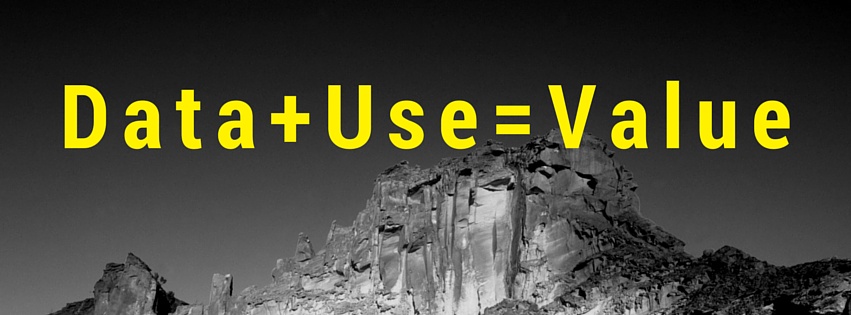Christina Ho started off her presentation at GovLoop’s recent data analytics with a simple anecdote.
“This area has changed fast,” she chuckled at the beginning of her presentation. I was walking here this morning and I was thinking how my office I used to work at was here at 9th and H. I used to overlook an empty parking lot.”
The crowd laughed as well, because the same area that was an empty parking lot is now full of stores, high-rises, and luxury condos.
“The environment does change very fast, doesn’t it?” asked Ho. “Well, the data environment changes even faster.”
Ho, who is the Deputy Assistant Secretary for Accounting Policy and Financial Transparency at Department of the Treasury, noted that she didn’t have any slides, because she wanted to focus on just one point:
“I’m just going to talk about a simple formula,” she said. “Data + use = value.”
Every two days we create as much data as we did from the dawn of civilization until 2003, Ho explained. “Data is the only resource that we’re getting more and more of every day. And the fact that most of it is in silos means we are missing the analytics piece.”
Without data there could be no use and therefore no creation of value, Ho said.
“The USE of data is ultimately what generates value,” she continued. “Once data is accessible there needs to be use. And what does that require? People and tools.”
There’s an increasing demand in need for people with skills to analyze as well as tech skills, and it’s rare to find people with both, Ho said. So when it comes to data analytics the government needs to build teams together that have all the skills represented. Those teams also need managers who have the skill to facilitate and coordinate and bring out the best in people within that team to ultimately achieve data outcomes
“Secondly, we need tools,” Ho said. “Users are the ones that create value. There are currently some really neat tools out there but ultimately the tools that help users to interact with the data directly are going to be the most useful. When users are the one that create value, the less technical barriers they have to interact with the data, the more value they can create and the more quickly they can do it.”
“That’s my data + use,” Ho said. “So let’s get to value.”
Ho went on to explain how she had been thinking a lot about how value of data is measured and determined. “Value ultimately cannot be measured until it’s used,” she noted. “Just having data accessible is not enough. It will get to more use when we facilitate more use.”
One way of understanding value, Ho said, was creating a framework for measurement. Based off an article she had read, How Do You Measure the Effectiveness of Government?, Ho suggested the following framework for measuring the value of data:
- Strength – relative influence over other stakeholders in the world
- Transparency – degree of openness in gov communication and availability
- Economics – soundness and financial footing, judgment on whether value delivered is worth the cost of delivering
- Public good – products and services provided by the government to improve quality of life actually do so – such as GPS and weather data
- Social good – products and service provided by the government provide social and economic justice
“These five characteristics can be used to be a frameowrk to measure the value, but they rely on having the data accessible and usable,” Ho concluded.
“I just want to share this as something I’m thinking about because I’m excited about this topic and I think we are really in the middle of making history. There will be a turning point because of how much data available, though it’s not yet accessible.”
No matter which space you work in, Ho finished, the way you approach data will fit into this simple formula:
Data + use = value.





Leave a Reply
You must be logged in to post a comment.